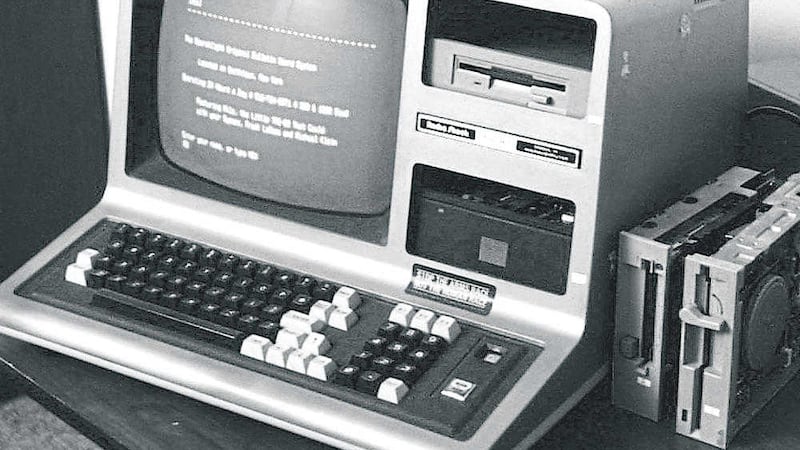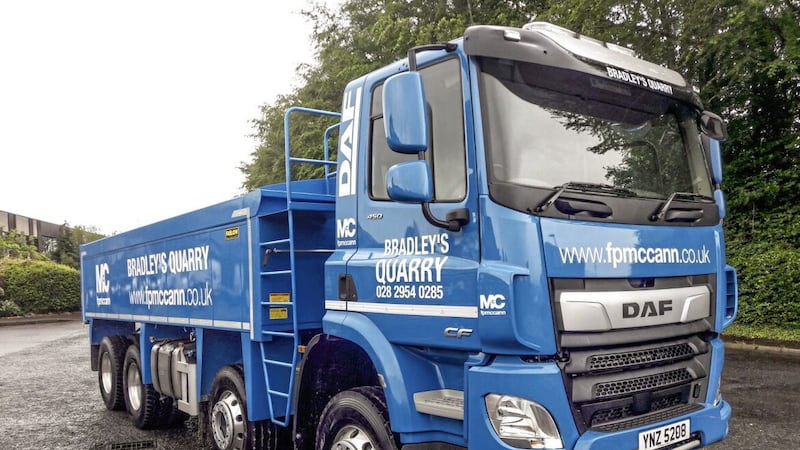FOR small and mid-size businesses, the realities of today’s dynamic, easy to reach marketplace and ever changing customer expectations pose continual challenges and opportunities.
Big data, the cloud and mobility are changing the way information moves and connections are made across our companies, offering the potential of being more productive while promising economic advantages over our competitors. But adopting these advanced technologies will require a transformation in the capacities, functions and methods of your IT.
Customer expectations have changed. Every interaction with your business should be quick and responsive, whether it’s after midnight on Saturday or during your mid-morning rush on Monday; whether connecting via telephone call, over the web, or in person. Your staff and suppliers expect much the same.
As organisations implement increasingly sophisticated applications and online services, reaching into every facet of the business, more and more data can be collected. Timely, in-depth analysis of that data drives improved productivity, more efficient internal processes, superior customer service and smarter marketing.
If you lack these capabilities, you’re behind and could even be going backwards without knowing it. Small and medium size businesses are highly susceptible to competitors leveraging pervasive mobile devices, economical cloud services and data analytics to improve customer experience.
Most small and medium size organisations have built their IT capabilities over time, using a blend of hardware and software technologies and applying varying degrees of upgrade/renewal disciplines.
But for many smaller companies this approach has bottlenecked key infrastructure performances – with isolated servers, storage or networking unable to deliver IT when and where it’s needed – creating logjams that cause painful productivity issues.
Having worked in the IT industry for many years, it never ceases to amaze me that many business owners, CEOs and directors seem to totally ignore the issue of giving their IT infrastructure the importance and status it requires in terms of how efficient their business would be to recover in the event of a major IT failure or crash.
The key question to ask yourself is: how would we continue to do business? Equally important is the question of how productive the company can be when spending time, day after day, patching up and maintaining old and groaning IT infrastructure.
Productivity frequently declines when a company or organisation has a collection of aging servers, from different times and different vendors, working with a collection of new and old storage and networking systems. In addition, many companies organise IT using approaches developed in the 1990s where each physical server handles one application and one workload, greatly limiting potential performance optimisation.
Inadequate computing and storage performance can delay simple reporting, not to mention todays required dynamic and sophisticated analyses. Crucial business decisions are then delayed and made late, or not at all, hampering the business and costing it valuable time and money.
While older systems can still support some workloads, they’re at constant risk for failure. Recruiting staff with the required skills is difficult. Research has shown that maintaining existing applications and infrastructure can consume up to 80 per cent of ‘IT’ efforts.
The good news is many companies are rapidly turning to a new style of IT, incorporating big data, mobility and cloud, together with the security required to do so safely. It’s a model that can offer substantial productivity gains, increasing the ability to get work done and grow. It can truly transform an organisation and how they do business – even at the smaller scale.
Although most companies recognise that IT modernisation will reduce their maintenance burden and allow staff more time to collaborate to improve productivity, it’s often seen as a project for another year’s budget. But the costs in terms of lost productivity, foregone business opportunities and direct IT-related expenses continue to grow. As a result, for many companies, modernisation has become an urgent priority.
n Trevor Bingham (editorial@ itfuel.com) is business relationship manager at ItFuel in Craigavon. Follow them on Twitter @itfuel







